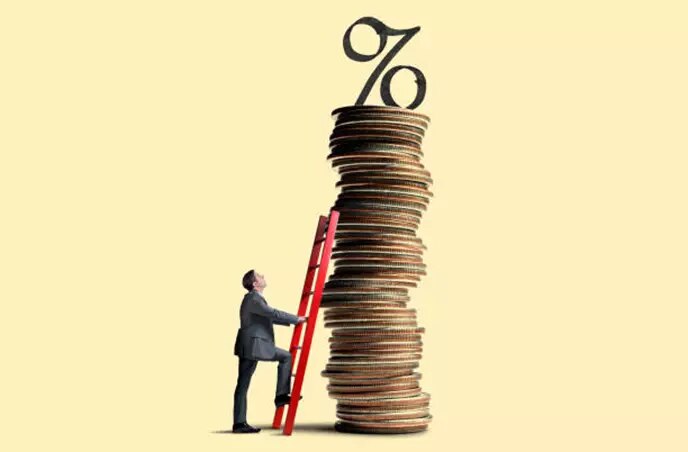
For the first time in eleven years, the cost of living has risen as the primary concern between Gen Zs and millennials, says Deloitte in its recent report.
With food prices in the UK expected to jump by 15 percent in Summer, the highest it has ever been in more than 20 years, half of the country’s Gen Zs and millennials have said they live paycheck to paycheck while worrying their income will not cover their expenses.
The same view resonates globally amongst that age group as they all agree on a visible monetary gap which is increasing between the richest and poorest people in their countries. The amalgamation of all these factors has created a more stressed, uncertain and burnt-out younger generation which now seeks other means of financial comfort.
The two generations’ view on the economic situations of their country shows little hope of any improvement, and as a result they are finding other ways for financial stability.
Enter, the side hustle culture.
Secondary jobs are becoming more common
The advent of a side hustle drastically increased during the peak of the pandemic, as lockdown rules gave many people the time and energy to devise ideas on how to get extra income.
A study by Simply Business found that 55 percent of side hustles were set up during the pandemic, along with 70 percent of small businesses finding the cost of living as their greatest challenge to financial stabilisation in 2022.
These statistics make it no surprise as to why the younger generation has become exceedingly concerned about their earnings.
Up to 42 percent of Gen Zs and 39 percent of millennials have embraced a side hustle to make ends meet. For these two age groups, a hybrid workspace is very desirable as it caters for flexibility, mental health, saves money between commutes and allows them to seamlessly work a side hustle.
Although a side hustle will reduce financial constraints, that’s not to say it won’t add to existing stress levels. A side hustle, albeit minimal hours, could be draining if it’s not something which is of interest or requires too much energy.
Before endeavouring to start a side hustle and investing your time in a secondary job, there are a few factors that you should consider.
Set Expectations
Whether it’s for monetary gains, building skills or exploring new horizons, establishing your “why” will dictate the effort and direction you take.
If the side hustle is for financial purposes, then it is important to set realistic goals and expectations. The start will always be the most time-consuming and potentially frustrating stage of the process, especially when the goal is to make money.
It’s important to recognise that expecting your side hustle to skyrocket or to make the same amount of money as your main job will only lead to disappointment. Take any progress as a positive sign and don’t be discouraged by slow growth because in the long term your financial gain will be greater, and the skills learnt during that time will be beneficial for your career.
Have balance
Working two jobs will naturally take a lot of your time and attempting to do this without flexibility in your main job will leave you with very little downtime. With four in 10 Gen Zs wanting to leave their job within two years of starting, the level of stress is evident and engaging in a side hustle may exacerbate this if the flexibility isn’t there.
What are the most common side hustles?
Some of the most common side hustles found amongst Gen Zs and millennials were:
- Online shop/E-commerce: for example, buying and reselling
- Social media content creation
- Textiles and clothing
- Home baked products
- Delivery driving
These side jobs were ideal because of their flexible nature, with most of them only requiring between two or three hours on any given day.
Which countries have been most affected by inflation
According to ECA International, the top five most expensive locations for expatriates as of June 2022 are Hong Kong, United States of America, Switzerland, United Kingdom and Japan.
Gen Zs and millennials of those countries are feeling it the most, with basic things such as coffee and tomatoes reaching double the price. For example, the cost of one kilogram of tomatoes in Hong Kong is $15.08, $8.59 in New York, $6 in London and $7.43 in Sydney, Australia.
Unfortunately, it is unknown when inflation will globally reduce due to a range of factors which includes Russia’s invasion of Ukraine, which has sent oil prices into unstable grounds. For now, it’s safe to assume that it will last for most of the year.